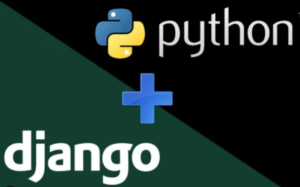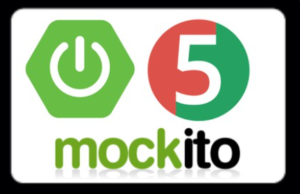JavaServer Faces (JSF) is a Java-based web application framework that simplifies the development of user interfaces for Java Full Stack applications. JSF provides a component-based architecture that allows developers to build dynamic and interactive web pages. Here’s an introduction to JSF for Full Stack Development:
- Overview of JavaServer Faces (JSF):
JSF is a framework that follows the Model-View-Controller (MVC) architectural pattern. It provides a set of Java APIs, custom tags, and a component model to facilitate the development of web applications. JSF handles the server-side processing and manages the UI components, enabling developers to focus on building the application logic. - Component-Based Architecture:
JSF is based on a component-based architecture, where UI components represent elements of the user interface. JSF provides a rich set of pre-built components like buttons, input fields, tables, and more. These components can be easily customized and extended to suit specific application requirements. - Managed Beans:
In JSF, managed beans are used to manage the application’s business logic and state. Managed beans are regular Java classes annotated with@ManagedBeanor@Namedannotations. They are responsible for handling user input, processing requests, and interacting with the backend services. - Facelets for View Definition:
JSF uses Facelets as the default view technology. Facelets is an XHTML-based templating language that allows you to define the structure and layout of web pages. Facelets supports reusable templates, composition, and custom tag libraries, making it easy to create modular and maintainable views. - Event-Driven Programming Model:
JSF follows an event-driven programming model, where user actions (e.g., button clicks, form submissions) trigger events that are processed on the server-side. JSF provides a rich set of event handlers and listeners to handle these events and perform the necessary actions or updates. - Data Binding and Validation:
JSF provides powerful data binding capabilities, allowing you to bind UI components directly to managed bean properties. This simplifies the handling of form inputs and automatic population of data. JSF also offers built-in validation features to ensure data integrity and perform client-side and server-side validation. - Navigation and Page Flow:
JSF provides navigation rules to define the flow of pages and control the navigation between them. Navigation rules can be configured using XML or annotations, specifying the outcome of an action and the next page to display. This makes it easy to define complex page flows and manage application navigation. - Integration with Back-End Technologies:
JSF integrates seamlessly with other Java EE technologies and frameworks. It can work with Java Persistence API (JPA) for database access, Enterprise JavaBeans (EJB) for business logic, JavaServer Pages (JSP) for view rendering, and more. JSF can also be used in combination with dependency injection frameworks like CDI (Contexts and Dependency Injection) for managing bean dependencies. - Tooling and IDE Support:
JSF is well-supported by popular IDEs like Eclipse, IntelliJ IDEA, and NetBeans, which provide features for code generation, component palette, visual design tools, and debugging support. There are also numerous libraries and frameworks available that extend the capabilities of JSF, such as PrimeFaces, OmniFaces, and Apache MyFaces. - Community and Resources:
JSF has a vibrant and active community of developers, providing support, tutorials, and open-source libraries. The official website for JSF is a valuable resource for documentation, tutorials, and the latest updates (https://www.javaserverfaces.org/).
JavaServer Faces (JSF) offers a powerful and flexible framework for building web applications in Java. Its component-based architecture, event-driven programming model




